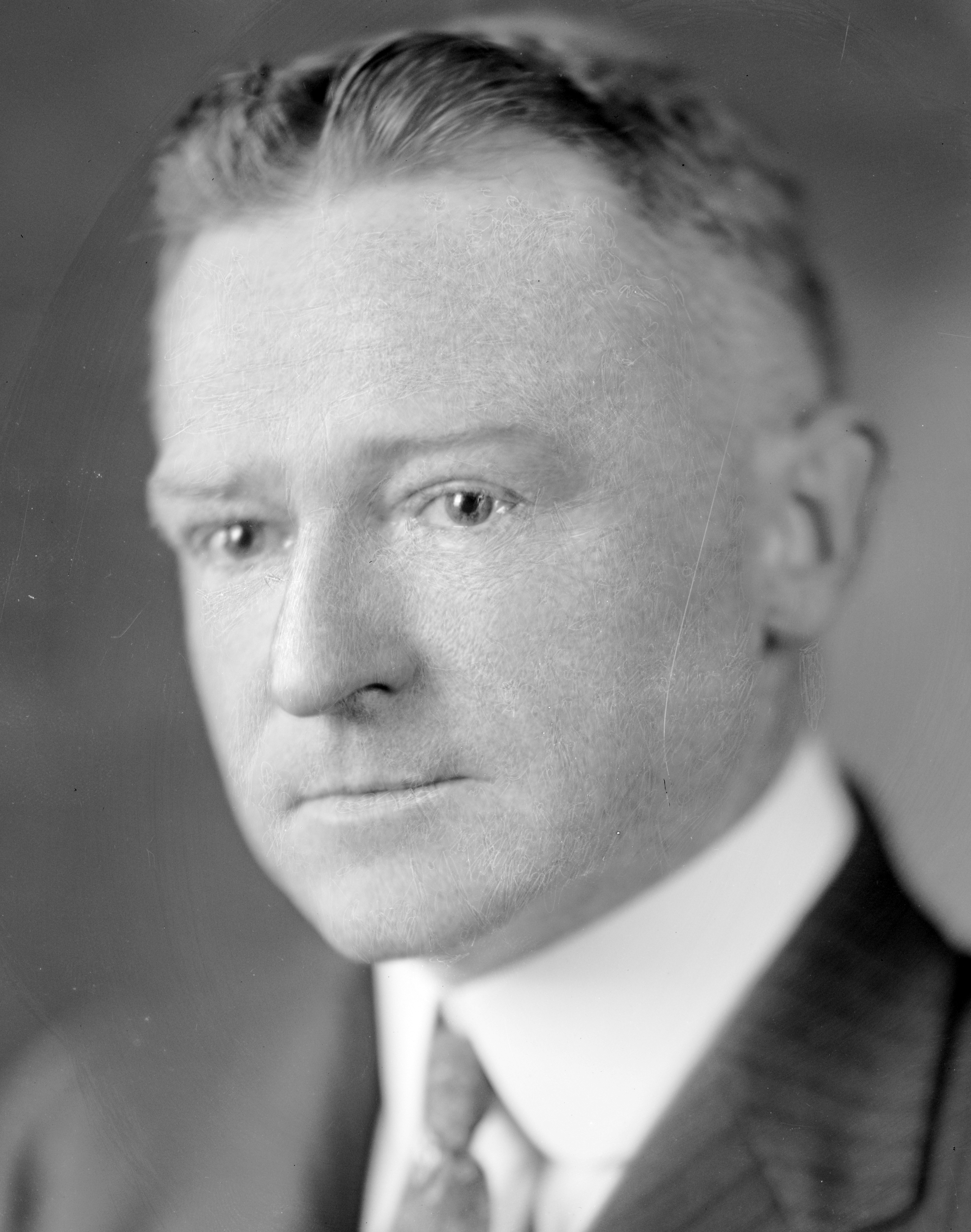Austin Clark on:
[Wikipedia]
[Google]
[Amazon]
 Austin Hobart Clark (December 17, 1880 – October 28, 1954) was an American zoologist. He was born in Wellesley, Massachusetts and died in Washington, D.C. His research covered a wide range of topics including
Austin Hobart Clark (December 17, 1880 – October 28, 1954) was an American zoologist. He was born in Wellesley, Massachusetts and died in Washington, D.C. His research covered a wide range of topics including

''Animals of Land and Sea''
(1925)
''Nature Narratives''
(1929-1931)
''The New Evolution: Zoogenesis''
(1930)
''Zoogenesis: The New Theory of Evolution''
('' Scientific American'', 1930)
''Eogenesis: The Origin of Animal Forms''
(1937)
* {{DEFAULTSORT:Clark, Austin Hobart 1880 births 1954 deaths American entomologists 20th-century American zoologists Harvard University alumni Non-Darwinian evolution People from Wellesley, Massachusetts
 Austin Hobart Clark (December 17, 1880 – October 28, 1954) was an American zoologist. He was born in Wellesley, Massachusetts and died in Washington, D.C. His research covered a wide range of topics including
Austin Hobart Clark (December 17, 1880 – October 28, 1954) was an American zoologist. He was born in Wellesley, Massachusetts and died in Washington, D.C. His research covered a wide range of topics including oceanography
Oceanography (), also known as oceanology and ocean science, is the scientific study of the oceans. It is an Earth science, which covers a wide range of topics, including ecosystem dynamics; ocean currents, waves, and geophysical fluid dynamic ...
, marine biology
Marine biology is the scientific study of the biology of marine life, organisms in the sea. Given that in biology many phyla, families and genera have some species that live in the sea and others that live on land, marine biology classifies s ...
, ornithology, and entomology
Entomology () is the science, scientific study of insects, a branch of zoology. In the past the term "insect" was less specific, and historically the definition of entomology would also include the study of animals in other arthropod groups, such ...
.
Biography
The son of Theodore Minot Clark and Jeannette French Clark, Clark obtained his Bachelor of Arts at Harvard University in 1903. He had five children with his first wife Mary Wendell Upham, whom he married on March 6, 1906. Mary died in December 1931 and Clark was remarried in 1933 to Leila Gay Forbes. In 1901, Clark organized a scientific expedition to Isla Margarita in Venezuela. From 1903 to 1905, he conducted research in the Antilles. From 1906 to 1907, he led a scientific team aboard the 1882 USS ''Albatross''. In 1908, he took a post at the National Museum of Natural History, which he held until his retirement in 1950. Clark had important and various roles in a number of learned societies: to name a few, he was president of the Entomological Society of Washington, vice president of the American Geophysical Union, and directed the press service of theAmerican Association for the Advancement of Science
The American Association for the Advancement of Science (AAAS) is an American international non-profit organization with the stated goals of promoting cooperation among scientists, defending scientific freedom, encouraging scientific respons ...
.
Clark was author to more than 600 publications written in English, French, Italian, German, and Russian. Some of the most well-known include ''Animals of Land and Sea'' (1925), ''Nature Narratives'' (two volumes, 1929 and 1931), ''The New Evolution'' (1930), and ''Animals Alive'' (1948).
Several animal species and genera were first scientifically described by Clark, including the Lesser Antillean macaw (1905), the Martinique parrot (1905), the Dominican green-and-yellow macaw
The Dominican green-and-yellow macaw (''Ara atwoodi''), Atwood's macaw or Dominican macaw, is an extinct species of macaw that may have lived on the island of Dominica. It is known only through the writings of British colonial judge Thomas Atwoo ...
(1908), the mulga parrot
The mulga parrot (''Psephotellus varius'') is endemic to arid scrublands and lightly timbered grasslands in the interior of southern Australia. The male mulga parrot is multicolored, from which the older common name of many-coloured parrot is der ...
(1910), the crustacean genus ''Laomenes
''Laomenes'' is a genus of shrimp
Shrimp are crustaceans (a form of shellfish) with elongated bodies and a primarily swimming mode of locomotion – most commonly Caridea and Dendrobranchiata of the decapod order, although some crusta ...
'' (1919) or the starfish
Starfish or sea stars are star-shaped echinoderms belonging to the class Asteroidea (). Common usage frequently finds these names being also applied to ophiuroids, which are correctly referred to as brittle stars or basket stars. Starfish ...
species '' Copidaster lymani'' (1948).

Zoogenesis
Clark is best known for his evolutionary theory called zoogenesis, which he introduced in his book ''The New Evolution: Zoogenesis'' (1930).J. H. W. (1931). ''Reviewed Work: The New Evolution Zoogenesis by Austin H. Clark''. ''Science Progress in the Twentieth Century (1919-1933)'' 26 (101): 160. His theory challenged the single tree view of evolution, according to Clark the major types of life forms on earth evolved separately and independently from all the others.Numbers, Ronald L. (2006). '' The Creationists: From Scientific Creationism to Intelligent Design''. Harvard University Press. p. 53. . Clark wrote that "the seemingly simultaneous appearance of all the phyla or major groups of animals simply means that life at its very first beginnings developed at once and simultaneously from the primitive single cell in every possible direction, giving rise to some original form or forms in every phylum." He termed this process, ''eogenesis''. Clark was quote-mined by creationists but he rejected any supernatural view of origins.Selected publications
''Animals of Land and Sea''
(1925)
''Nature Narratives''
(1929-1931)
''The New Evolution: Zoogenesis''
(1930)
''Zoogenesis: The New Theory of Evolution''
('' Scientific American'', 1930)
''Eogenesis: The Origin of Animal Forms''
(1937)
References
External links
** {{DEFAULTSORT:Clark, Austin Hobart 1880 births 1954 deaths American entomologists 20th-century American zoologists Harvard University alumni Non-Darwinian evolution People from Wellesley, Massachusetts